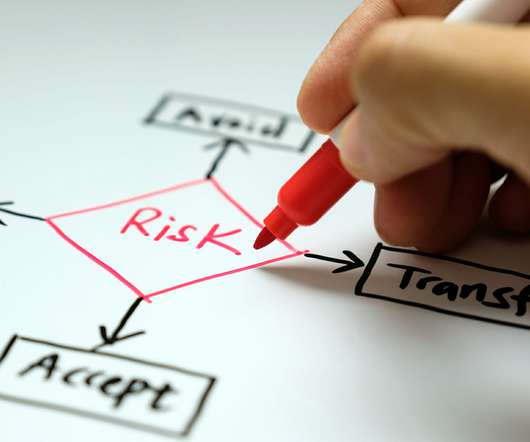How to Offload Your Risk to a Third Party
MHA Consulting
FEBRUARY 9, 2023
Risk transference is one of the four main strategies organizations can use to mitigate risk. Try a Dose of Risk Management Wise organizations determine how much risk they will accept then make conscious efforts to bring their risk down below that threshold.














Let's personalize your content